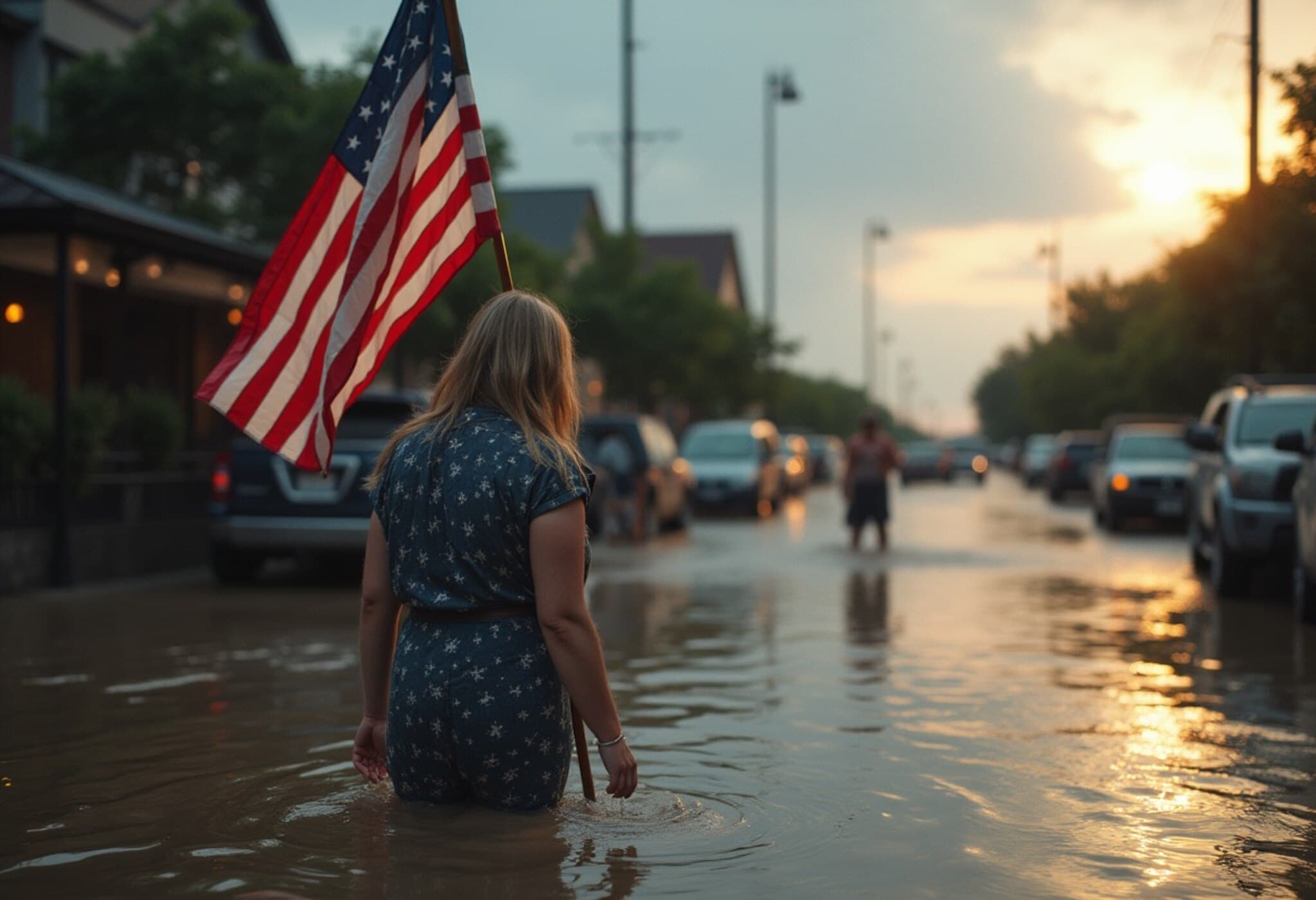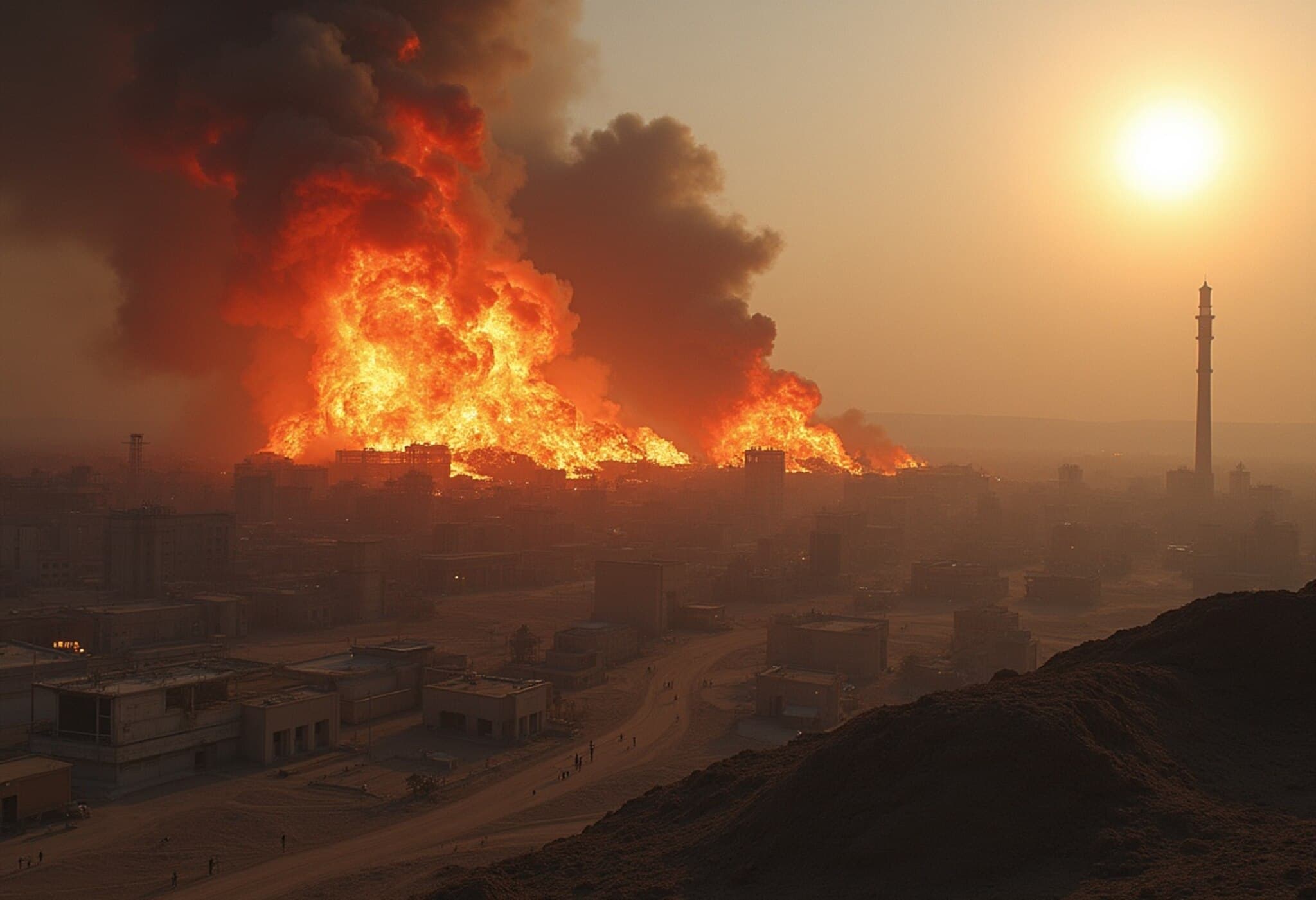President Trump Visits Texas Amidst Devastating Floods
In the wake of unprecedented flooding that has ravaged Texas Hill Country, claiming over 120 lives and leaving more than 170 people missing, President Donald Trump is scheduled to visit the state on July 11, 2025. The visit underscores the gravity of the disaster and the urgent need to support beleaguered communities.
Trump’s itinerary includes meeting with first responders risking their lives on the front lines, embracing families grappling with loss, and receiving briefings from local and state officials working tirelessly to manage relief efforts. Accompanying him will be First Lady Melania Trump, marking her second visit to a disaster zone during this presidential term, along with Texas Governor Greg Abbott and Senators Ted Cruz and John Cornyn — underscoring a unified front between federal and state leadership.
Assessing the Disaster: A ‘Once-in-200-Years’ Catastrophe
Addressing the media, President Trump described the flooding as a “once-in-every-200-year deal,” emphasizing the unprecedented scale that caught many authorities and residents off guard. He advocated for better flood alarm systems, stating, “After having seen this horrible event, I would imagine you’d put alarms up in some form… if they see any large amounts of water or whatever it is.”
Demonstrating compassion while tempering criticism, Trump remarked, “It’d be easy to blame them. I wouldn’t blame them.” This statement reflects the complex challenge faced by emergency management agencies in a region frequently known as “flash flood alley,” where rapid and severe flooding is increasingly common.
An Aerial Survey to Aid Ground Recovery
To minimize disruption to on-the-ground recovery efforts, the president plans to conduct an aerial survey of the hardest-hit areas. This approach also provides a broad perspective on the scale of destruction, which includes fallen trees, debris-strewn waterways, and widespread residential damage, as seen along the raging Guadalupe River in Kerrville.
Warning Systems Scrutinized Amidst Tragedy
Kerr County, which endured the brunt of the flooding, notably lacked an audible flood alarm system — a glaring omission that experts argue exacerbated the human toll. Several survivors reported receiving no emergency warnings before the deadly flash floods struck, despite the region’s notorious history for such events.
According to an analysis by The Washington Post, the county did not issue its first wireless emergency push notification until days after the flooding began, long after evacuations were possible. Although the National Weather Service (under NOAA) sent multiple flash flood warnings during the early hours of July 4, their timing left residents with scant opportunity to seek safety.
This tragic delay raises significant questions about the preparedness and modernization of emergency alert infrastructure in flood-prone regions — a critical discussion as climate change intensifies extreme weather events across the United States.
The Human Toll and Unseen Stories
The floodwaters devastated communities, including a century-old girls’ summer camp lost to the waters, symbolizing not just physical destruction but decades of cherished memories swept away. Stories like homeowner Daniel Olivas, pictured clearing debris from his property, bring a human face to the headlines. Meanwhile, vigils and memorials such as the one in Kerrville provide communal spaces to grieve and remember those lost.
Beyond the Headlines: Policy and Preparedness
Experts stress that this disaster spotlights the urgent need for investments in early warning systems, infrastructure enhancement, and community education. The tragedy reveals systemic vulnerabilities, particularly in rural and semi-rural areas where resources may be insufficient to implement robust emergency systems.
Moreover, this event serves as a sobering reminder of climate change's growing role in amplifying natural disasters, pressing policymakers to integrate resilience strategies into urban planning and emergency response frameworks.
Looking Ahead: Building Resilience in ‘Flash Flood Alley’
- Expand and upgrade flood warning systems including audible alarms and rapid wireless alerts to give residents critical evacuation time.
- Enhance coordination between federal, state, and local agencies for efficient disaster response.
- Invest in public awareness campaigns to educate communities on flash flood risks and preparedness.
- Integrate climate resilience into regional planning to address increasing severe weather events.
Editor’s Note
As Texans begin the lengthy and painful process of recovery, the tragedy raises difficult questions about how communities and governments can better anticipate and mitigate the impacts of extreme weather disasters. The loss of life and property underscores an urgent call for not only infrastructural upgrades but also a cultural shift towards resilience.
Will political will and funding align to transform lessons from this heartbreaking event into meaningful action? This disaster reflects a broader challenge facing many regions across the United States as climate change accelerates. Vigilance, technology, and community solidarity may be our strongest shields against future calamities.



















